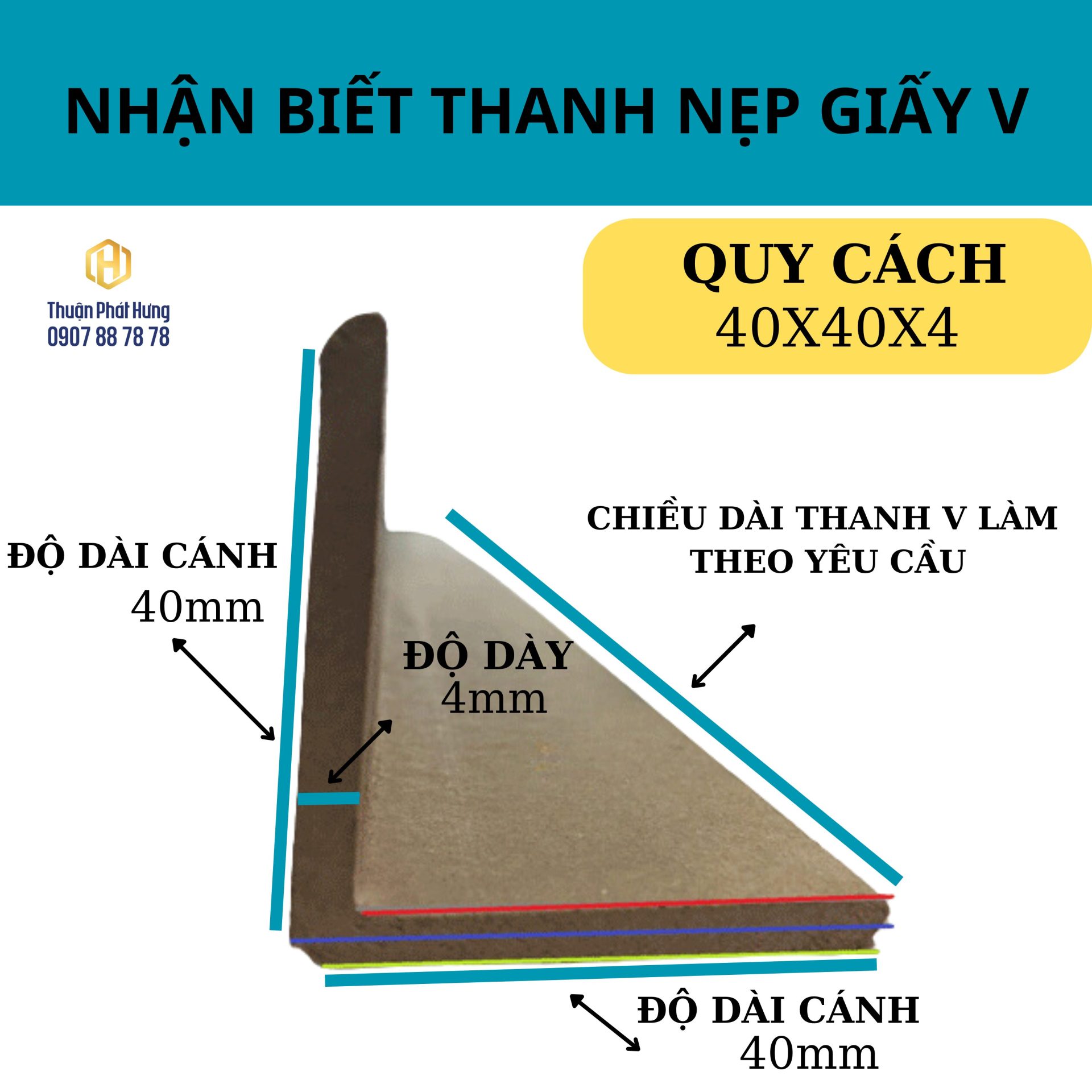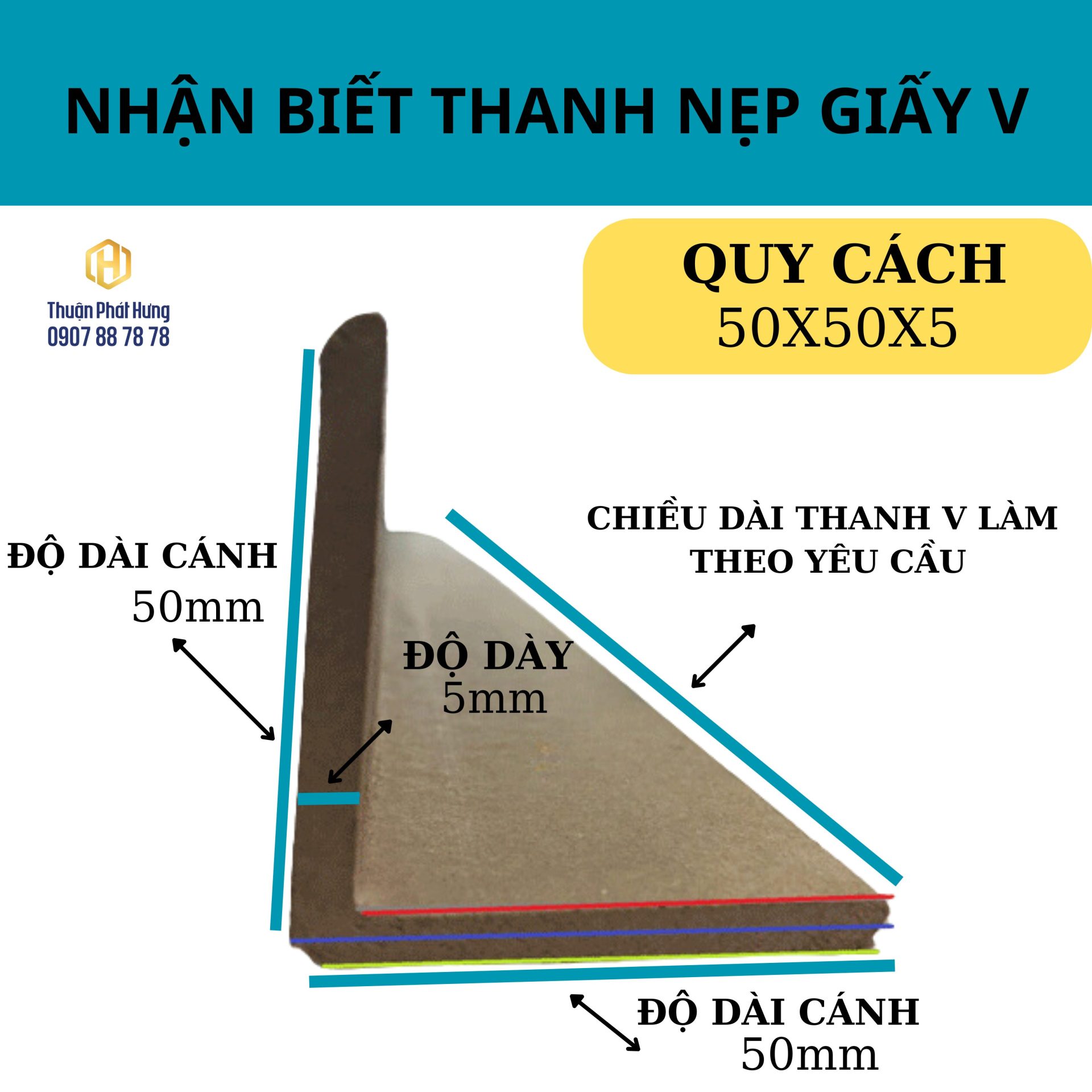Introduction
V-splint is a useful product in packaging and transporting goods. With a sturdy structure, the V-splint helps protect the product’s edges from damage and ensures the goods are always in the best condition. This article will help you better understand the uses of V-splints and how to choose the appropriate specification for your needs.
Uses of V-splint
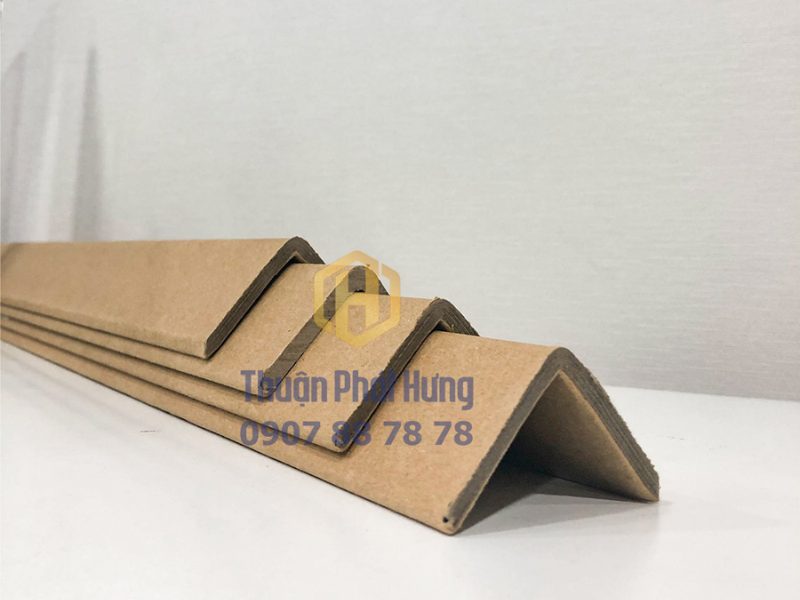
Thanh nẹp giấy V
Product protection
One of its main uses is to protect the edges and corners of products during transportation. When goods are transported, they are often subjected to many external influences such as impact and vibration. The V-splint helps minimize these impacts, protecting the product from scratches, dents or damage.
Packaging reinforcement
V-splints also help reinforce the sturdiness of cartons or packages. When using V-splints, the edges of the carton will be fixed more firmly, avoiding the situation of falling apart when exposed to strong impact. This is especially important for heavy or large packages.
Aesthetics increasement
Using V-splints also helps increase the aesthetics of the package. With edges protected and securely fixated, the product will look more professional and beautiful. This not only helps create a good impression on customers but also shows the care and thoughtfulness of the business in protecting the goods.
Environmental friendliness
V-splints are made from recycled paper, so they are environmentally friendly and compostable. Using V-splints not only helps protect products but also contributes to environmental protection.
Specifications for choosing the suitable V-splint
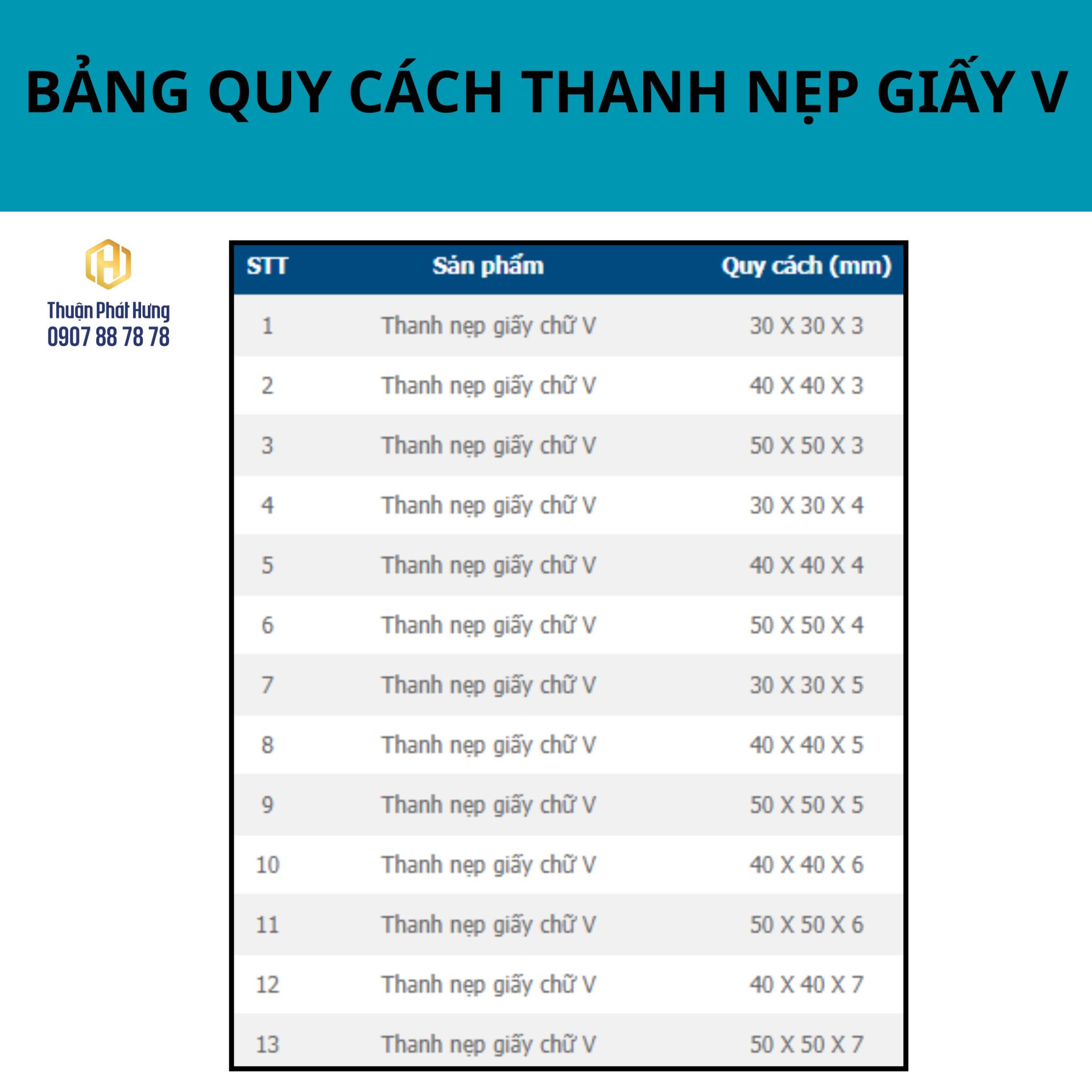
Bảng quy cách thanh nẹp giấy V
Choosing the appropriate V-splint specifications is very important to ensure effective use. Below are some popular specifications and how to choose them.
By product size
The size of the product is the most important factor when choosing the specification of the V-splint. You need to accurately measure the size of the product to choose the V-splint with the appropriate length, width and thickness. Here are some popular specifications:
- 30 X 30 X 3 mm: Suitable for small, light products.
- 40 X 40 X 3 mm: Suitable for medium sized products.
- 50 X 50 X 3 mm: For large products that need stronger protection.
- Length of splint: adapted to customer requirements
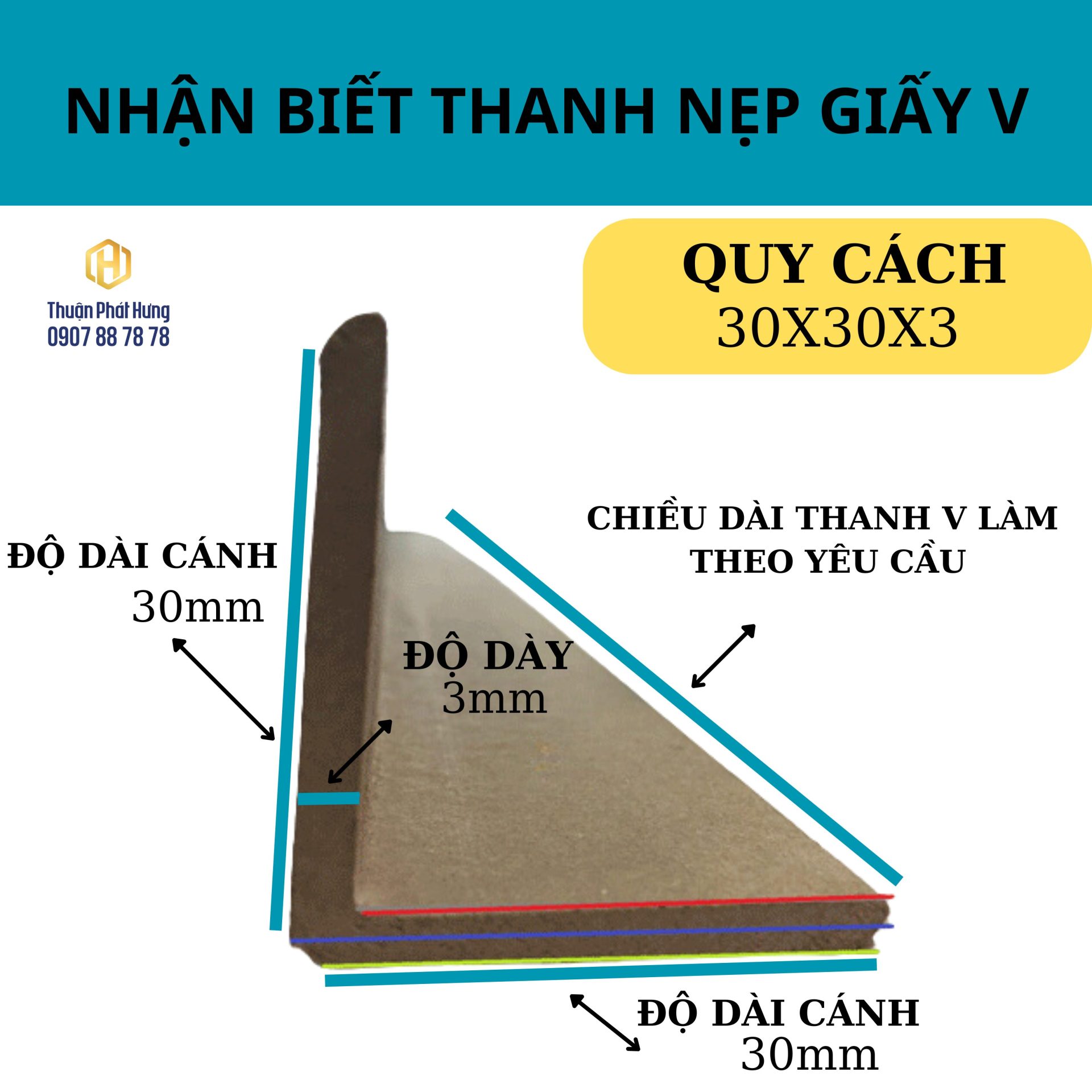
Thanh nẹp giấy V
By product weight
The weight of the product also affects the choice of V-splint specification. Heavier products will require a splint of greater thickness to ensure maximum strength and protection.
-
Thanh nẹp giấy V
- 40 X 40 X 4 mm: Suitable for light to medium weight products.
- 40 X 40 X 5 mm: Suitable for medium to heavy weight products.
- 40 X 40 X 7 mm: For very heavy products that require maximum protection.
- Length of splint: adapted to customer requirements.
By protection requirements
If your product needs special protection due to its fragility or damage, you should choose V-paper splints with greater thickness and better quality to ensure safety.
-
Thanh nẹp giấy V
- 50 X 50 X 3 mm: Enough to protect less fragile products.
- 50 X 50 X 5 mm: Good for fragile products but not too heavy.
- 50 X 50 X 7 mm: Optimal for fragile and heavy products.
- Length of splint: adapted to customer requirements.
Notes while using
- Quality check: Before use, carefully check the quality to ensure they are not damaged or defective.
- Properly use: Make sure you use the paper splint properly, firmly fixating it to the edges of the product.
- Storage: Store the V-splint in a cool, dry place to avoid mold and quality loss.
Conclusion
V-splints are an effective solution to protect and reinforce packages during transportation. Choosing the appropriate specifications not only helps protect the product but also increases aesthetics and professionalism. Always choose to buy V-splints from reputable suppliers like THUAN PHAT HUNG to ensure the quality and safety of your products.
Contact Thuan Phat Hung for Advice and Specific Prices
Hotline: 0907.88.78.78
Fanpage: THUAN PHAT HUNG
Fanpage: Packaging Solutions

